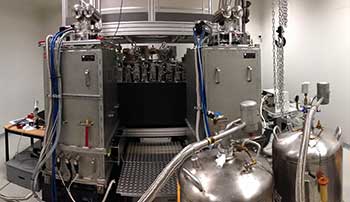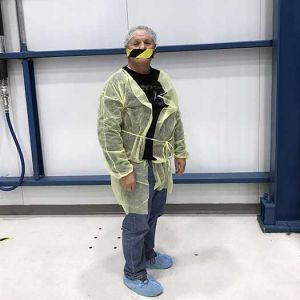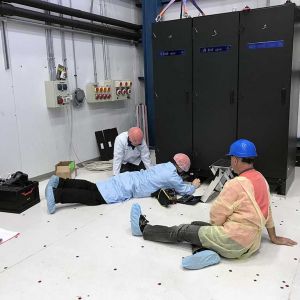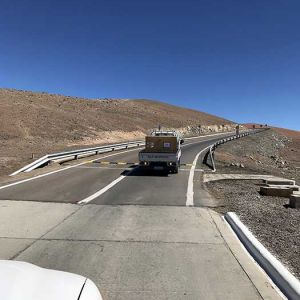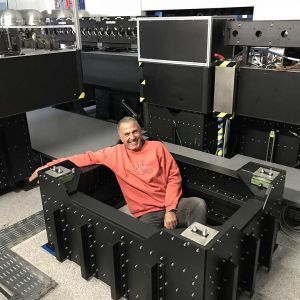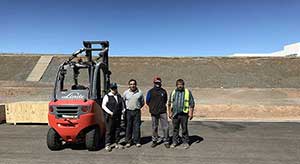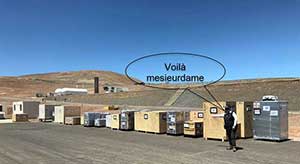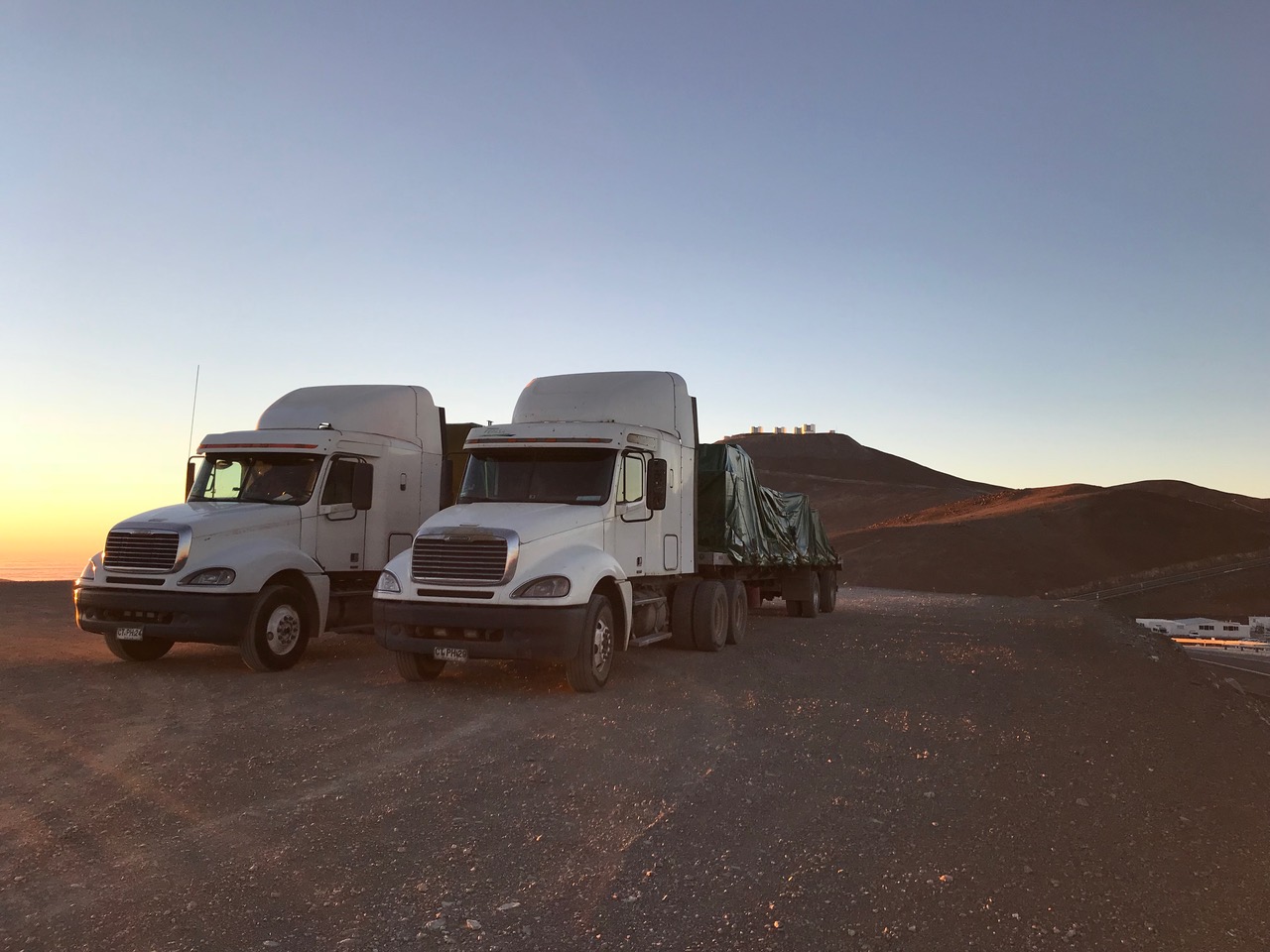MATISSE (Multi-AperTure mid-Infrared SpectroScopic Experiment) is the mid-infrared instrument of the VLTI. It will produce the sharpest images of planet-forming regions in infant stellar systems, central regions of active galaxies, and close environment of massive stars.
MATISSE consists in an interferometer, combining four of the VLT telescopes, together with a spectrometer, working between 3 and 13 microns. It will produce images at an unprecedented resolution of a few thousandth of an arc-second.
The instrument was built by a consortium of 52 people across 6 countries (France, Germany, the Netherlands, Austria, Hungary, Poland). It is currently being installed in Paranal, Chile, and is expected to be open to the scientific community in 2019.
- Details
At the same time as the Paranal experts are unboxing and mounting the MATISSE instrument, interferometry experts from the consortium follow an internal formation to all the MATISSE commissionning tools in Nice, that will serve to validate the instrument behavior and performances.
{imageshow sl=16 sc=14 w=600 /}
- Details
A few photos where you can see how well the team progress at Paranal. Two of them show the excellent team spirit we have : taking measures to shut up our software engineer, and then most of us hanging around on the floor.
- Details
The first MATISSE team arrived to Chile and has started unboxing the instrument.
All sub-systems of the instrument are being put in place in the NIH (New Integration Hall) located at the basecamp of the Paranal observatory: the warm optics table, the electronics cabinets, the Helium compressors for the cryo-coolers, etc.
Pictures from J.-M. Clausse.
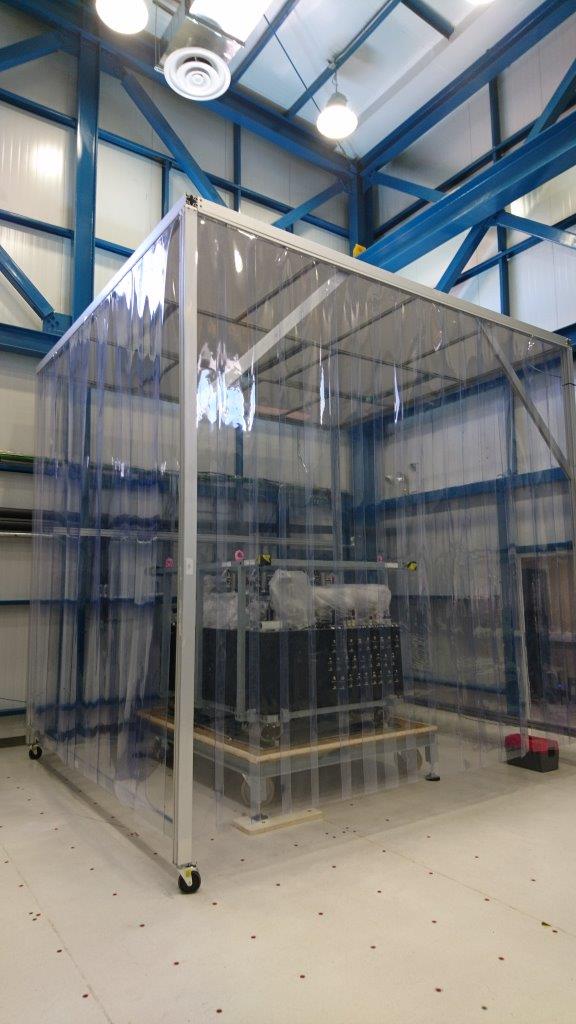
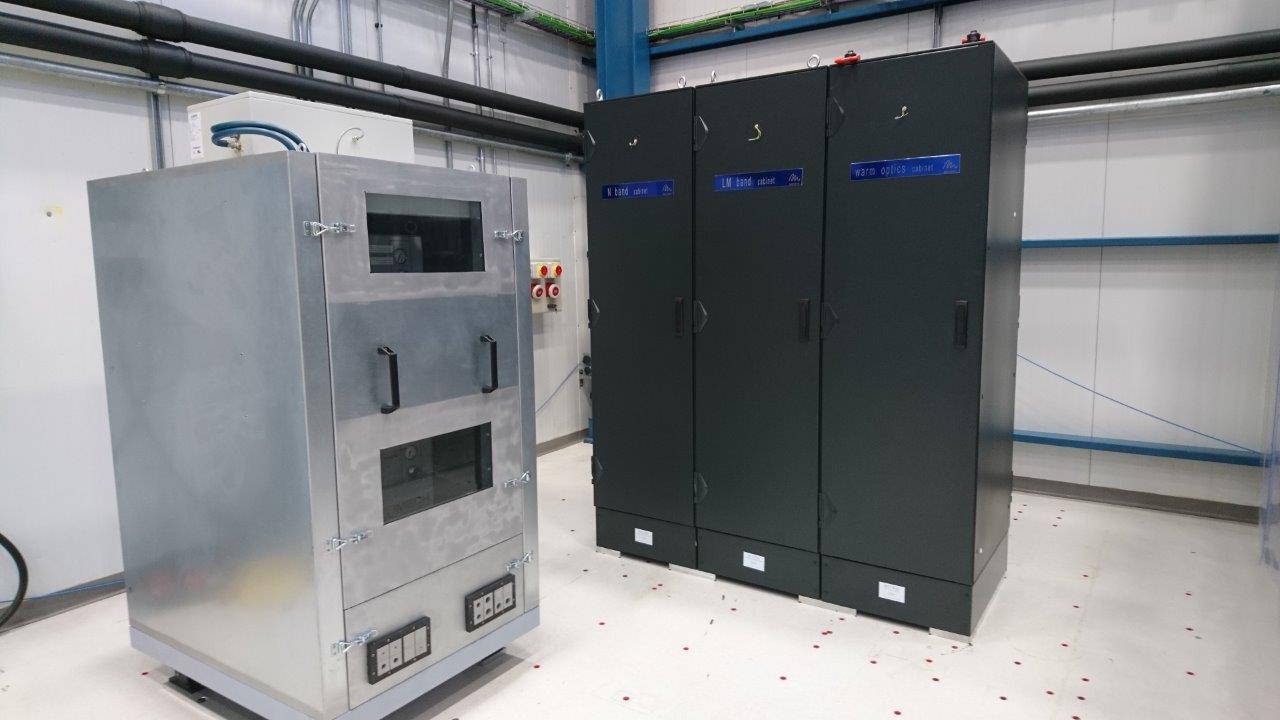
- Details
After the unloading of the 2 trucks, the 27 of October, the first activity of the next days will be devoted to an inspection of the content of the boxes.
- Details
MATISSE arrived to Paranal! This photo was taken by Lieselotte Jochum from ESO. Next steps will be remounting the instrument in the integration hall starting from next week, and then bringing it to the focal laboratory.



